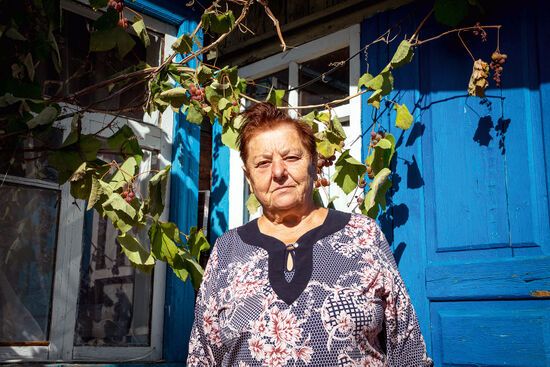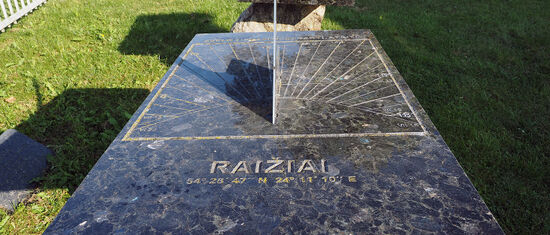Sofia Bezverhaya’s fingers move nimbly as she arranges slices of smoked meat on a large ceramic plate. Sofia heaps freshly sautéed potatoes into a bowl, adding generous portions of oil, chives and spring onions. From the refrigerator she takes a plastic pot of roasted chicken legs; from another chilled container she fetches fillets of fish, baked in spices with the skin still on, and she piles these into a metal dish with bright flowers painted on its side.
To drink, there is kompot (kомпот); it’s a sweet, smoky-tasting drink made from a preserve that has been sitting in large glass jars in Sofia’s pantry since she prepared it a week ago from seasonal fresh fruits and freshly gathered berries. As a special treat, Sofia also brings out an old Coca-Cola bottle, now filled to the cap with a clear liquid: a potent home-distilled moonshine that the Ukrainians call samogon (самогон).
Today Sofia has a team of assistants. A human chain ferries many platters of food out to the garden, where the rest of her visitors sit on mismatched plastic chairs around a long table draped in a floral cloth. They set places with knives, forks and napkins, between plates of chunky bread and big bowls of garden salad. When Sofia reaches the table, bearing yet another platter of meat in her hands, one of her guests is attempting to open a jar of pickled cucumbers. Another visitor tries unscrewing it, struggling with the lid until his cheeks go red. Quietly tutting, Sofia reaches between them and takes the jar in her small hands. She slides a knife up under the lid’s rim, twists it ever-so-slightly to break the vacuum, and then the top comes off with barely a turn of her wrist. After pouring glasses of samogon for her guests, Sofia leads the first toast — she raises her own glass with a smile, a nod, and a simple word: “Budmo!”
As the meal begins, the chatter gives way to a satisfied silence punctuated only by the busy clinking of cutlery and glasses. The sounds of the summer garden swell into focus: a rich, warm drone rising from the grass, the hum of bees and a thousand hidden crickets. Swallows gossip playfully on a wire just past the hedgerows.
Sofia’s deeply-lined face, framed under a blue headscarf, breaks into a smile as she watches the visitors tucking into lunch. Pleased to see that all is going well, she retreats to sit on a bench across the garden. In recent years, Sofia has been supplementing her modest pension from the Ukrainian government by preparing lunch for occasional groups of foreign visitors. Much of the food on the table was grown here in her garden, where she has orderly plots of cabbages, tomatoes, radishes and peppers. I ask Sofia if I may join her, and she pats the bench beside her in response.



